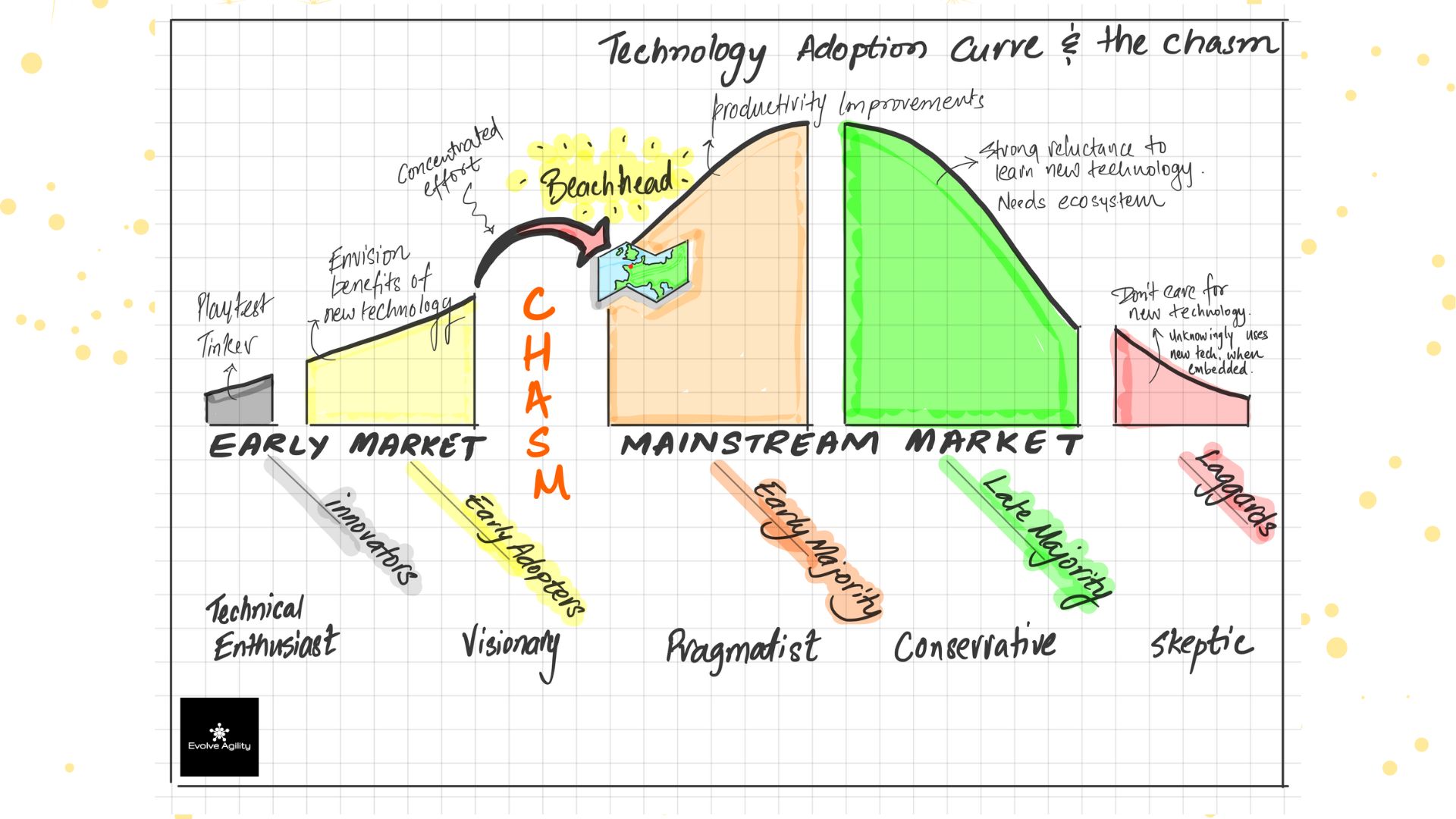Ahsan's Call To Action: Tech Adoption For A Globally Competitive "Made In Pakistan"

Table of Contents
The Current State of "Made in Pakistan": Challenges and Opportunities
The "Made in Pakistan" brand holds significant promise, but its global competitiveness is currently hampered by several key challenges. Understanding these bottlenecks and leveraging existing strengths is crucial for future success.
Identifying Bottlenecks
Several factors hinder the growth of Pakistani manufacturing and the competitiveness of Pakistani products:
- Outdated Technology: Many industries rely on outdated machinery and production processes, leading to lower efficiency and higher costs compared to global competitors. This is particularly evident in sectors like textiles and food processing.
- Lack of Skilled Labor: A shortage of skilled workers familiar with modern technologies limits the ability of factories to adopt and effectively utilize advanced equipment. This necessitates significant investment in training and education.
- Inefficient Supply Chains: Inefficient logistics and supply chain management result in delays, increased costs, and reduced competitiveness. Improving infrastructure and adopting advanced supply chain technologies is essential.
- Limited Access to Finance: Many small and medium-sized enterprises (SMEs) in Pakistan struggle to secure financing for technological upgrades, hindering their ability to compete. Access to affordable credit and investment is critical.
- Regulatory Hurdles: Complex regulations and bureaucratic processes often create obstacles for businesses seeking to adopt new technologies or expand their operations. Streamlining regulations is vital for attracting investment.
Unveiling the Untapped Potential
Despite the challenges, Pakistan possesses significant strengths that can be leveraged for growth:
- Abundant Workforce: Pakistan has a large and relatively young workforce, providing a potential pool of skilled labor with proper training and education.
- Strategic Location: Pakistan's geographical location offers opportunities for trade and access to regional markets, providing a competitive advantage for certain industries.
- Potential for Niche Markets: Focusing on specialized products and niche markets can allow Pakistani manufacturers to overcome challenges posed by low-cost competitors.
- Growing Domestic Demand: A growing domestic market provides a strong foundation for local industries to build scale and experience before targeting international markets.
By strategically adopting technology, Pakistan can effectively leverage these strengths to boost its manufacturing sector and compete on the global stage.
Technological Adoption: The Path to Global Competitiveness
Technological adoption is not merely an option but a necessity for the future of "Made in Pakistan." Embracing modern technologies will significantly enhance efficiency, quality, and competitiveness.
Embracing Automation and AI
Integrating automation and Artificial Intelligence (AI) offers numerous benefits:
- Increased Efficiency: Automation streamlines processes, reduces waste, and increases output, leading to significant cost savings.
- Reduced Production Costs: Automation minimizes human error, reduces material waste, and optimizes resource utilization, leading to lower production costs.
- Improved Product Quality: Automated processes ensure consistent quality and reduce defects, enhancing the reputation of "Made in Pakistan" products.
- Enhanced Competitiveness: Adopting cutting-edge technologies levels the playing field, allowing Pakistani manufacturers to compete with global leaders.
For instance, AI-powered quality control systems can detect defects with greater accuracy than manual inspection, while robotic automation can dramatically increase the efficiency of textile production lines.
Investing in Digital Infrastructure
Robust digital infrastructure is essential for seamless operations:
- High-speed Internet Access: Reliable and affordable high-speed internet access is crucial for efficient communication, data management, and online operations.
- Reliable Power Supply: A consistent and reliable power supply is paramount to avoid production disruptions and maintain operational efficiency.
- Improved Logistics and Supply Chain Management Systems: Implementing advanced logistics and supply chain management systems powered by technology can significantly improve efficiency and reduce costs.
Government policies and private investment are crucial for building this infrastructure. Collaboration with international organizations can also facilitate technology transfer and knowledge sharing.
Upskilling the Workforce
Investing in human capital is crucial for successful technological adoption:
- Technical Training Programs: Government and private sector partnerships can create vocational training programs focused on the skills needed for modern manufacturing technologies.
- Vocational Schools: Expanding and modernizing vocational schools to incorporate cutting-edge technologies is essential.
- Partnerships with Universities and Industries: Collaboration between universities and industries can create practical training programs that bridge the gap between academia and industry needs.
This requires a long-term commitment to skill development and education to equip the workforce with the necessary expertise to operate and maintain advanced technologies.
Government Initiatives and Private Sector Collaboration
The success of technological adoption in Pakistan depends on a collaborative effort between the government and the private sector.
The Role of Government Policies
Effective government policies are crucial for driving technological adoption:
- Tax Incentives: Offering tax incentives for businesses that invest in technology upgrades can encourage investment and modernization.
- Subsidies for Technology Upgrades: Providing subsidies can help SMEs afford the initial investment required for technological advancements.
- Simplification of Regulations: Streamlining regulations and reducing bureaucratic hurdles can make it easier for businesses to adopt new technologies.
- Investment in R&D: Increased government investment in research and development can foster innovation and the development of locally relevant technologies.
The effectiveness of current policies needs evaluation, and targeted improvements should be implemented to incentivize technological advancement.
Private Sector Engagement
Private sector participation is essential for driving innovation:
- Investment in Research and Development: Encouraging private sector investment in research and development is crucial for generating locally-relevant technological solutions.
- Partnerships with Technology Providers: Collaboration with international technology providers can facilitate access to cutting-edge technologies and expertise.
- Adoption of New Technologies: Promoting the adoption of new technologies through awareness campaigns and training programs is crucial for private sector engagement.
Incentives such as tax breaks, grants, and access to funding can encourage private sector investment in technological upgrades and innovation.
Conclusion
Elevating "Made in Pakistan" to a globally competitive brand requires a fundamental shift towards technological adoption. The challenges are significant, but the potential rewards are immense. Addressing the bottlenecks discussed above, including outdated technology, inefficient supply chains, and a lack of skilled labor, is critical. By embracing automation, AI, and investing in digital infrastructure and workforce development, Pakistan can unlock its manufacturing potential.
Embrace Ahsan's call to action – let's propel "Made in Pakistan" to new heights through strategic technological adoption. Invest in innovation, empower our workforce, and build a globally competitive manufacturing sector. For more information on government initiatives supporting Pakistani manufacturing, visit [link to relevant government website] and [link to relevant industry association website].

Featured Posts
-
 Xrp Etf Outlook High Supply And Low Institutional Interest Pose Challenges
May 08, 2025
Xrp Etf Outlook High Supply And Low Institutional Interest Pose Challenges
May 08, 2025 -
 Uber One Kenya Your Guide To Discounts And Free Delivery Services
May 08, 2025
Uber One Kenya Your Guide To Discounts And Free Delivery Services
May 08, 2025 -
 The Best Krypto Comic Book Stories Ever Told
May 08, 2025
The Best Krypto Comic Book Stories Ever Told
May 08, 2025 -
 Veteran Wide Receiver Joins Browns Report Details Signing And Return Specialist Role
May 08, 2025
Veteran Wide Receiver Joins Browns Report Details Signing And Return Specialist Role
May 08, 2025 -
 Carneys Assessment Trump A Transformational President
May 08, 2025
Carneys Assessment Trump A Transformational President
May 08, 2025
Latest Posts
-
 Child Rapist Living Near Massachusetts Daycare Investigation Underway
May 09, 2025
Child Rapist Living Near Massachusetts Daycare Investigation Underway
May 09, 2025 -
 Expert Opinions Clash Examining The Claims Of A Psychologist On Daycares Effects
May 09, 2025
Expert Opinions Clash Examining The Claims Of A Psychologist On Daycares Effects
May 09, 2025 -
 Massachusetts Daycare Child Rapists Arrest Rocks Community
May 09, 2025
Massachusetts Daycare Child Rapists Arrest Rocks Community
May 09, 2025 -
 Viral Podcast Ignites Fierce Debate Is Daycare Detrimental To Child Development
May 09, 2025
Viral Podcast Ignites Fierce Debate Is Daycare Detrimental To Child Development
May 09, 2025 -
 Is Daycare Harmful A Psychologists Claims And The Counterarguments
May 09, 2025
Is Daycare Harmful A Psychologists Claims And The Counterarguments
May 09, 2025
